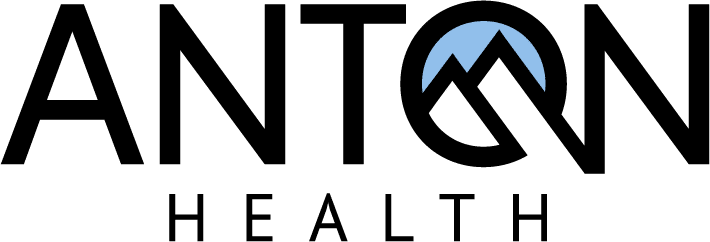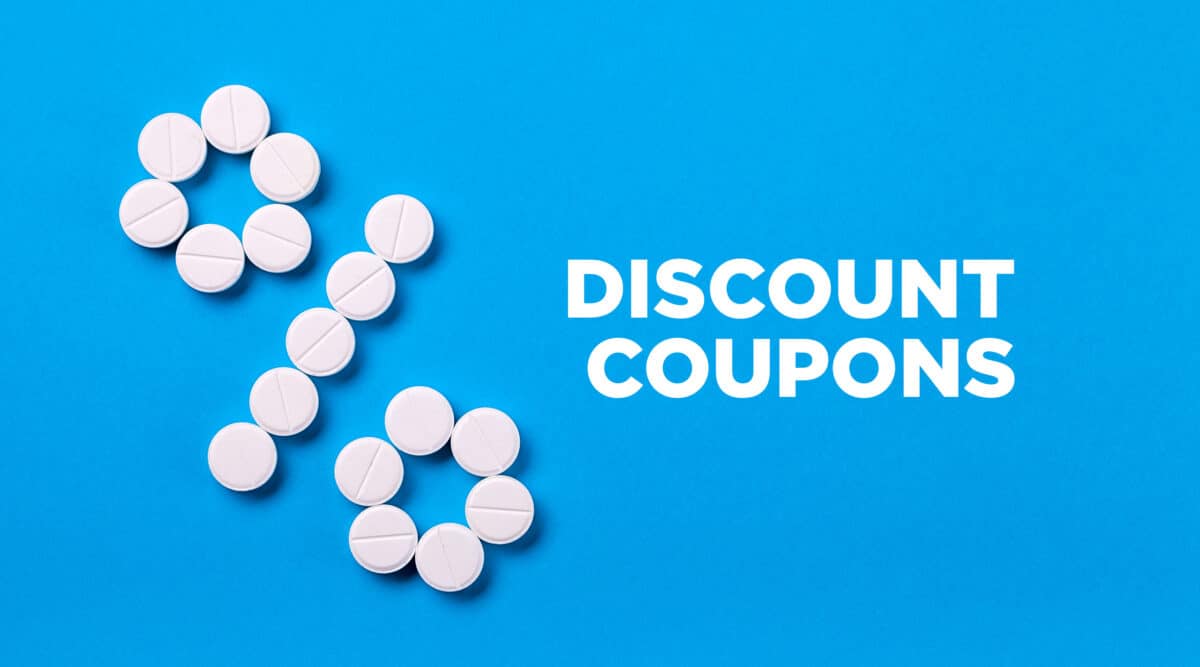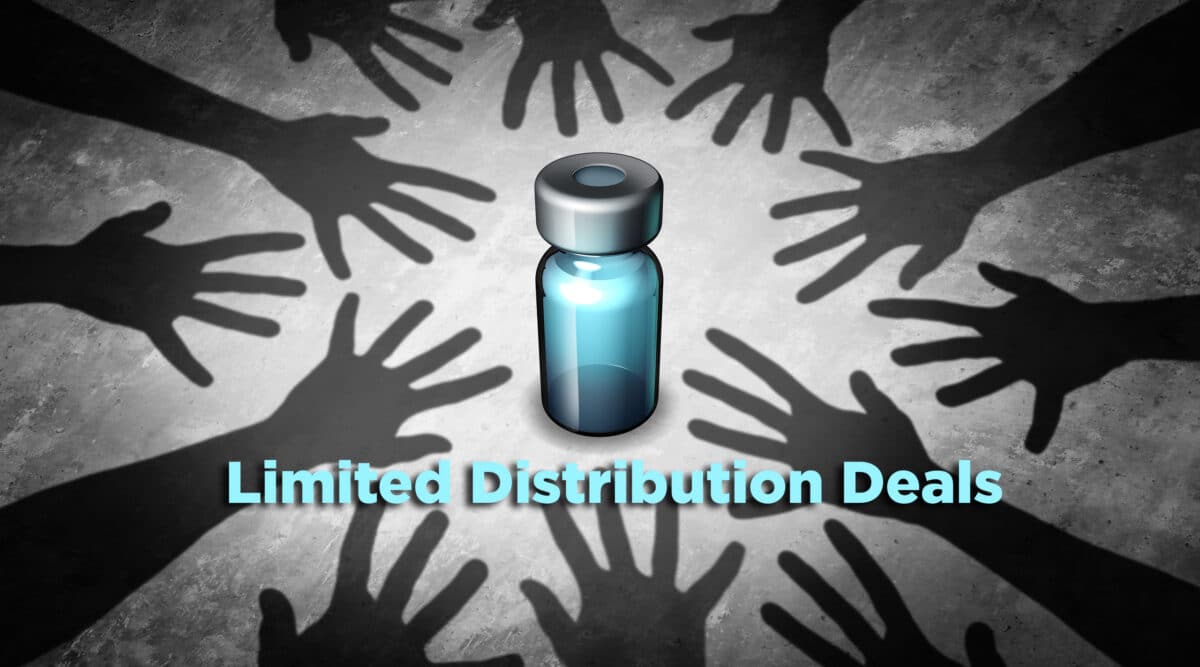Last week we sent you a review of an article detailing the creation of a network of alternate site infusion providers by AscellaHealth. On Friday we ran across the article below detailing a new program, Optum Specialty Infusion.
It is noteworthy that, while the approaches differ, both programs have the same goal…. to contain the skyrocketing cost of specialty infusions. Neither currently appear to rely on benefit changes to drive the change in utilization (at least yet).
Optum is going more high-tech. It appears that when requesting a prior authorization for infused drugs the prescribing physician is presented with a menu detailing the differences, across benefits, for infused medications for the specified indication/diagnosis. Since so many patients are shoulder coinsurance for infused medications, a shift in therapy can make a huge out-of-pocket difference for a patient. Also, patients have been known to skip scheduled infusions because they can’t handle their financial share.
It would be nice to know how much information is available to the physician at the time of processing the prior auth from the ‘menu’. We saw direct links to clinical studies and Journal articles on such platforms some years back when they were first being touted for Oncology. Such detail would further reinforce the selection of a lower cost drug. Also, a reference to ‘across benefits’ suggests that oral meds may be included in the menu. Last thought….. the Optum approach doesn’t shift where the therapy is delivered, which should create less conflict with hospital sites of service.
At this point Optum Specialty Fusion is available only to large health plans.
Optum Launches Specialty Fusion to Simplify Specialty Care and Lower Costs
First-to-market solution helps health care payers manage the increasing cost of specialty medicines, delivering up to 17% savings across medical and pharmacy spend
February 17, 2022 — EDEN PRAIRIE, MINN. : Optum today announced the launch of Optum Specialty Fusion, a first-of-its-kind specialty medication management solution, to simplify care for patients with complex conditions and lower the cost of expensive specialty drugs.
With specialty drug costs projected to reach $505 billion by 2023, health plans and care providers are seeking ways to ensure people get the treatments they need more affordably. Using Optum’s data and clinical expertise, Specialty Fusion provides health care payers and care providers real-time insight into the most effective specialty treatment at the lowest cost to the patient. Results include a simpler experience for providers and faster treatment approvals for patients, while delivering 17% total cost savings in medical and pharmacy spend.1
“The average specialty patient sees more than five care providers per year, while taking more than 10 drugs on average. They often have to wait for multiple treatment regimens to be approved, and need better support navigating their treatment plan and health benefits,” said Kerri Tanner, senior vice president, Optum Rx. “We developed a new comprehensive, benefit-agnostic solution that supports streamlined treatment decision-making for care providers, helping patients get on their therapies faster, while driving down high costs.”
In line with Optum’s commitment to develop solutions that provide more transparency and better connect the pharmacy and medical benefits across health care, Specialty Fusion was designed to streamline and simplify the medication management process. Using Specialty Fusion, care providers can initiate the approval process for specialty drugs requiring prior authorization using a single portal. Treatment options are then compared against dozens of clinically appropriate, lower-cost options across benefits in seconds. Specialty Fusion eliminates the need for a cross-benefit prior authorization process – a burden for providers – and secures treatment approval in real time. This reduces administrative hassle and results in an expected 50% faster access to therapy for patients, while lowering costs.
For example, when a provider prescribes an immunosuppressive drug on the medical benefit, treatment may cost $1,200. Using Specialty Fusion, a provider can see coverage recommendations and select a therapeutically equivalent treatment for $700 less, on average. Informed by Optum data and insights, Specialty Fusion provides savings options such as preferred products, dosage management policies, best sites of care and additional cost-control levers such as available discounts and pharmacy networks [possibly AscellaHealth??].
“Managing specialty drugs at the earliest possible moment is critical to improving care, clinical outcomes and the patient experience,” said Sarah Dye, senior vice president, Optum Health. “Optum Specialty Fusion uniquely partners with the provider to change the status quo of prior authorization, reduce their administrative pain and ultimately help them provide better care for their patients.”











